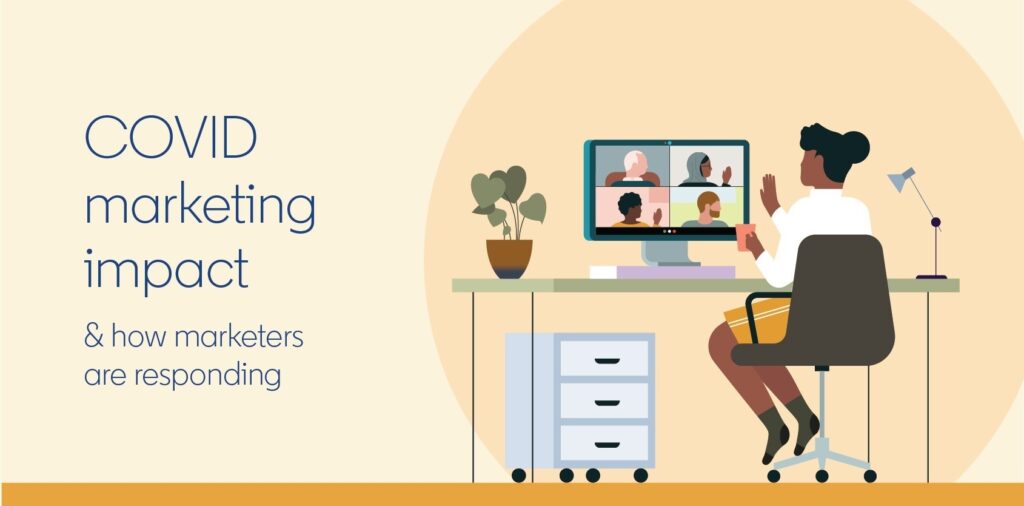The marketing world is so big that it usually overwhelms marketers. But there are ways to understand how effective strategies work, such as using data to reach your target audience. For instance, advertising with Google allows you to target specific people based on their interests and demographics. You can choose to charge them for clicks, impressions, and conversions.
Google Ads helps you understand exactly what works and what doesn’t. Your partners can see how effective your campaigns are by viewing performance reports. Ads on Google’s network include images and videos. You can see them when you’re searching for something or watching videos.
But what are they, and how do they work? Google advertising is indeed helpful to any business. But to maximize its use, you might need specific data. Here, you might need first, second, or third party data depending on when and how you will use it.
1st, 2nd, and 3rd Party Data
Probably, you might have heard of 1st, 2nd, and 3rd party data. But what exactly are they, and how can you differentiate them?
First-party data is the type of data collected directly from your sources. In other words, you own it. You have to value this data because you get firsthand information from your consumers. Unlike different data types, first-party data is more accurate, and the most reliable since most misinterpretations and errors are eliminated.
On the other hand, second-party data is the customization of third-party data based on the interpretation of various industries. Meanwhile, third-party data is used within an ad network sold for advertising opportunities targeting specific audiences.
How Third-Party Data is Collected
Third-party data is essential to create second-party data. But how is 3rd-part data collected?
Data collection in advertising starts from researching and collecting essential consumer data. These are used to target your audience with personalized advertising effectively. Data collection is vital because it allows marketers to analyze data specific to their existing and potential customers.
Since data activation in advertising is divided into first-, second-, and third-party sources, marketers can target their correct audience more effectively. Third-hand data is any data you get that is not your own. Usually, the information you collect is the same as first and second, but someone else did the work.
Third-party data usually consists of purchasing data from another company. It can also be done by partnering with a business to gain a mutual benefit and researching available information.

Examples of 3rd Party Data
Here are some of the well-known samples of third party data:
- Acxiom
- Amazon
- Experian
- Oracle Data Cloud
- Salesforce Marketing Cloud
- Visa
Is 3rd Party Data Used in Marketing?
Using third-party data in marketing is very important since it has over first-party in its scope. It provides information and the number of touchpoints across the web. This data is also segmented in advance for categories including demographics and behavior.
With third-party data marketing, you can save time and money that you would spend analyzing and organizing data. Usually, companies can use ad services to efficiently retarget users on the web. Though the system isn’t always perfect, marketers can still feel reasonably secure that their ads will land in the right place.

Why You Should Use Data in Marketing
Data is now used as a tool by marketers to help them reach customers more effectively. The first benefit is that data enables you to understand your target audience. This allows you to tailor your message to each customer based on their interest.
Secondly, data helps you create personalized messages that resonate better with each person. Finally, data enables you to determine how much to spend on advertising and promotions.
Here are some tips on how you can effectively use third-party data:
a. Create consistent and personalized messaging.
Consistent marketing efforts are crucial to improving sales. Around 84 percent of customers say that it is essential to treat them as people, not statistics. Personalized content improves marketing results.
Your team should be provided with deep insights into the customer’s online behavior, triggers, interest, and buying intent. Marketing messages should be consistent across all media, but marketers shouldn’t try to make them identical. Instead, they should make sure they’re compatible with each other.
b. Develop and promote products.
A target audience is a customer who wants to buy something. Target audience data helps companies create a want or need among their ideal customers. Buzz for new offerings can be generated by understanding how it adds value to people and helping them overcome challenges.
c. Use prospect segmentation.
Demographics can help you reach your audience better. You should use demographics for marketing your products. This allows advertisers to reach a specific audience at a lower cost per impression.
Marketing campaigns based on bad data are ineffective. Poor data quality leads to many problems, including lost revenue and customer dissatisfaction. To avoid these issues, acquiring first-party data, and third-party data from trusted companies is highly recommended. Data hygiene must be maintained to ensure that data quality is high. Customer relationship management (CRM) systems are essential for maintaining data quality.


